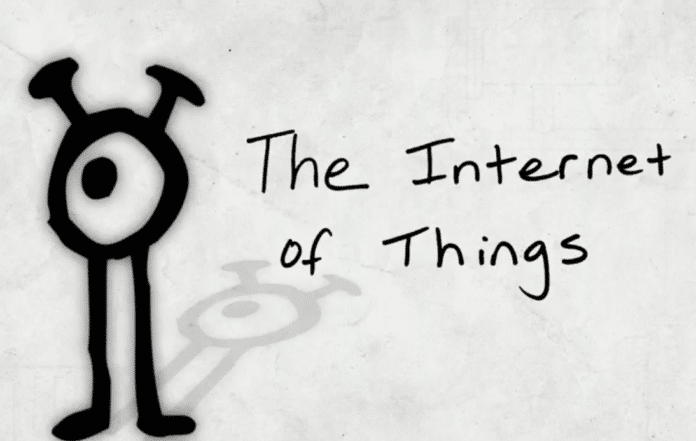Some think the Internet of Things or IoT is the moon, and we are still developing the parts of the spaceship that can fly us there. They think we are nowhere close to the IoT. To them, the IoT means a world where everything is digital, where we will no longer be alone, where machines talk more than we do, and everything is intelligent. While this might happen decades down the line, the fact is that the IoT need not necessarily be so disruptive. It could be evolutionary, and that is the practical approach that many technologists are taking today. That is the logic behind the many hardware and software innovations that claim to be part of the IoT movement.
A more practical approach
There is a more practical majority that looks at the Internet of Things as a layer of digital technology added atop the objects in this world—smart phones, consumer goods, home appliances, governance tools, office infrastructure, health support, and just about everything. nternet of Things as a layer of digital technology added atop the objects in this world—smart phones, consumer goods, home appliances, governance tools, office infrastructure, health support, and just about everything. This digital layer is woven together by a smart fabric (say, the World Wide Web and its apps) that adds meaning to this digital layer.
There are several technologies that make this possible today. There are chips or codes on the objects. These store information at the most basic level – for example, bar codes or QR codes. More advanced technologies also include local-area communication capabilities—for example, radio frequency identification (RFID), near-field communication (NFC), and Zigbee-capable chips. Even more advanced technologies have embedded systems with various degrees of intelligence and processing capabilities.
These objects store and sometimes also process information; communicate with other devices (machine-to-machine communications); and with smartphones, tablets or other network gateway devices. This enables the information on the chip to be transferred to a larger application, as well as to be updated. At the next layer, there are applications that convert this information into something useful. The information might be used to provide a customised service to the user, to configure the object, to track its movement, or for statistical purposes.
IoT at work
Although the full potential of the IoT is yet to be exploited, it already manifests in many forms around us. We see its technologies at work; but at many times we do not realise that all of this is actually part of the IoT concept. Here are some examples.
A QR code may be printed on a building façade. When you click this with your phone, you get to see a list of offices or shops inside the building.
Smart thermostats (e.g., Nest) and switches (e.g., Belkin WeMo) enable day-to-day appliances to behave intelligently and to be controlled with your phone. Nest is a smart thermostat that learns your temperature preferences and automatically controls your air-conditioner. You can program and control Nest using your phone. Similarly, WeMo is a normal-looking but smart power socket that can be remotely managed using a smartphone.
RFID labels on pets, people, trucks, containers, pallets and goods enable their movement to be monitored easily. Applications use the tags smartly to control the movement of goods, revoke damaged or old goods, understand consumer preferences, and more.
Health monitoring equipment, such as blood glucose monitors from Abbott and Medtronic, fitness and heart rate monitors from makers like Garmin, Adidas, Polar and Suunto; as well as fitness tools like Nike’s Fuelband, Larklife and Fitbit, transfer information to analytical smartphone apps, or to doctors. This information is used to monitor a patient’s vital signs, understand their behaviour and help them in emergencies. Or, it is used by normal people or sportsmen to improve their health and stamina.
Chips or codes on products can be scanned with a smartphone to get information about the product, complementary products, best deals, and more.

Smartphones are used to pay for purchases or buy tickets at movies. Some modern stores even enable the buyer to scan the barcode and make the payment completely using their smartphone, ruling out the need for a checkout queue.
There are cameras embedded on traffic signals, pavements and medians that watch the vehicles going by. When a vehicle goes too fast, the policeman at the next signal gets a message on his smartphone. The driver is immediately caught and fined; or a ticket is sent to the owner’s home or phone.
All these are simple examples of the IoT at work – a layer of technology wrapping common objects; woven together by a network; and great apps that utilise this infrastructure to deliver some benefit to users.
Now, you decide – has the IoT era begun or not?
By Janani Gopalakrishnan Vikram















